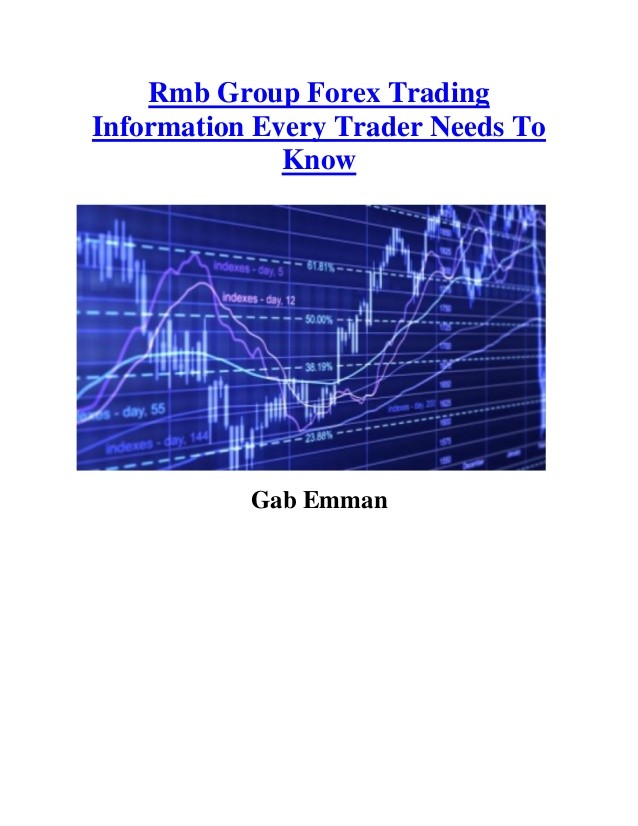What To Know About Forex Trading
Post on: 8 Июль, 2015 No Comment

Before getting into the forex trading business, you need to arm yourself with some terminology that will be used in any course or software on trading forex. The following terms were put together to provide the novice forex trader with the fundamental concepts of the forex (currency exchange) trading business. While they may sound technical, most are simple to understand and apply.
Let us begin with the instruments that are traded in the forex markets. Currencies are traded in pairs so the instrument will always be in this double denomination. The reason for this is simple; the basis of forex currency trading is to exchange one currency for another. So if the pair is the Euro and the US Dollar, and the forex trader is taking a long position or buying the Euro in hopes that it will appreciate, effectively the trader is also selling US Dollars to buy the Euros. The most widely traded pairs are the Great Britain Pound and the US Dollar (indicated as GBP/USD), the Euro and the US Dollar (the EUR/USD pair), the Aussie Dollar and the US Dollar (AUD/USD pair), the USD and the Japanese Yen (USD/JPY pair), and the Canadian Dollar and the USD (USD/CAD pair). These pairs account for well over 80% of the total volume of the trading in the forex market. The advantage to trading in these currency pairs is that they are highly liquid and allow the investor to convert their portfolio to cash very quickly to realize a profit.
In every pair, the first currency is called the base currency, over which the second one is countered to imply the price of the pair, or commonly referred to as the cross currency. The second is therefore called the quote currency and the pair price is recorded in terms of the units of the quote currency required to buy one unit of the base currency. Thus, assuming the price of the GBP/USD pair is 1.5, this implies that 1.5 USD will buy 1 GBP.
Every pair is quoted in terms of a bid ask spread. The bid price is the rate at which your forex broker bids to buy the currency at, while the ask price is the rate the forex broker is asking to sell the currency to the forex trader. The bid price will always be lower than the ask price and the forex trader will buy at the ask price and sell at the bid price. The bid ask price will be quoted as: GBP/USD 1.532/5, meaning the bid price is 1.532 and the ask price is 1.535.

A price interest point or a pip, as it is commonly called, is the smallest incremental change a currency pair will experience, for instance, a change in the GBP/USD price from 1.532 to 1.542 is a change of 10 pips. A trading margin is a deposit which is a minimum amount or a small percentage of your traded amount that you have to put up. The remaining amount is supplied by your broker. This amount can vary from 1% to 0.25%, also referred to as 100:1 and 400:1. Most often, forex brokers will offer 100:1 or 200:1 to most clients. This is risky but enables the trader to leverage a large amount that he or she would not otherwise have access to.
Finally, a margin call can happen when the forex trader allows the balance in the trading account to go below the margin deposit percentage agreed upon with the forex broker. The broker will automatically sell your long positions or buy your short positions and clear the entire trading account, returning the margin amount to the trader to protect the trader from losing more money than they have.














